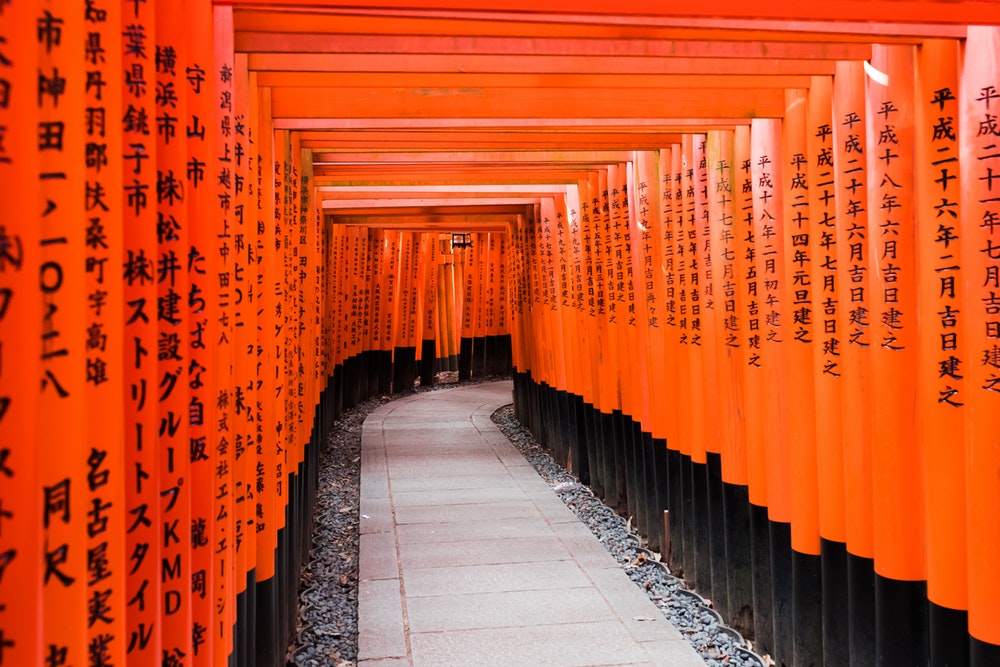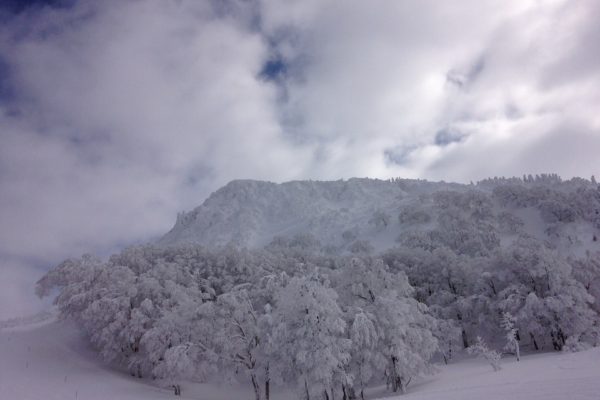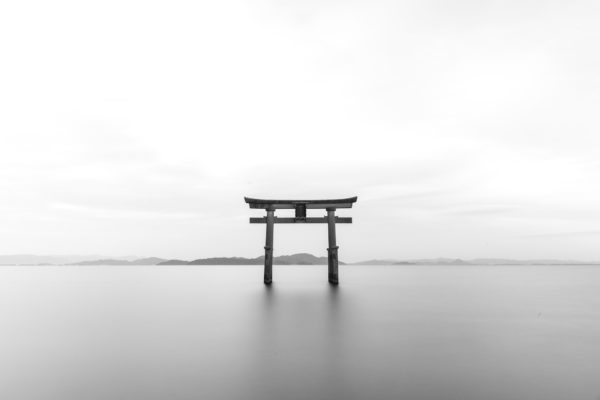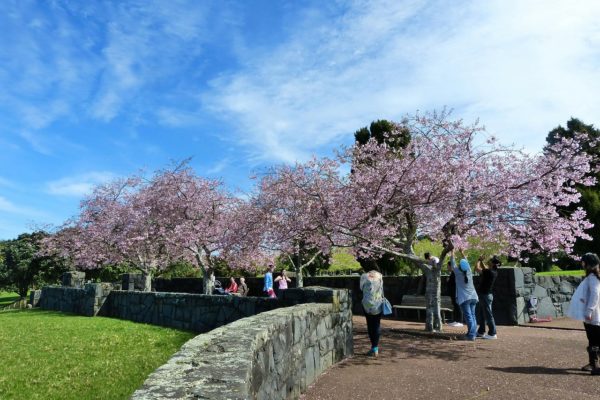There are tons of things to do in Japan all year round. In January, which is the coldest month of the year in the country, there are several fun and vibrant nationwide and regional festivals, holidays, and events that you can check out if you are ever in town for a trip.
Japanese New Year – January 1st
Considered to be the most important Japanese holiday, New Year, also known as oshogatsu or shogatsu, is a nationwide traditional holiday celebrated to wish for good health and bountiful fortune for the New Year ahead.

It is typically observed by visiting a temple or a shrine to view the first sunrise of the New Year, a practice known as hatsumode. Meiji Shrine in Tokyo, Fushimi Inari Taisha and Yasaka Shrine in Kyoto, Sumiyoshi Taisha in Osaka, Tsuruoka Hachimangu in Kamakura, and Atsuta Shrine in Nagoya are some of the most popular spots for this tradition, and each gets very crowded with over a million locals and curious foreign tourists this day of the year.
In Japanese homes, it is common to prepare special Japanese dishes, such as ozoni (a type of soup that contains mocha), otoso (a type of rice wine with a sweet flavour), and osechi ryori.
Many business establishments, such as banks, restaurants, malls, and tourist attractions, like museums, castles, gardens, and theme parks, are typically closed on this day.
Emperor’s New Year’s Greetings – January 2nd
The Japanese Emperor and Empress, and the rest of the Imperial Family, appear on the Imperial Palace veranda to greet the public on the second day of the New Year. They do this a number of times throughout the day, usually from 10 am to 2 pm, in front of dense crowds of people waving Japanese flags distributed around the Palace grounds.
The event is pretty short. The Imperial Family comes out waving and smiling to the crowd, and the Emperor may give a short message. After the speech, they wave and smile to the cheering public some more, and then go back in to the palace again.
People who wish to see the event must enter the grounds through the Palace’s main gate, go through security checks, and proceed to the East Plaza.
Coming of Age Day (Seijin no Hi) – 2nd Monday of January
Every year, on the second Monday of January, men and women who turned 20 years old, which is considered to be the age of majority in Japan, over the past year are congratulated and celebrated through ceremonies organized by their local city offices.
On this day, the women wear a kind of kimono known as furisode, and the men either don a traditional kimono known as hakama, or a Western style suit-and-tie outfit. At the end of the day, they all congregate to their own parties, or go to bars to drink.
Oh-mato Taikai – 2nd Sunday of January
A four-century old tradition, Oh-mato Taikai, or Festival of the Great Target, is an archery competition where about 2,000 20-year-old men and women showcase their archery skills by shooting arrows into targets standing 60 metres away. It is held at the Sanjusangendo Temple grounds in Kyoto.
Oniyo Fire Festival – January 7th
Observed for more around 16 centuries now, Oniyo is a fire festival held at the Daizenji Tamataregu Shrine in Kurume, Fukuoka. It is one of the top three Japanese fire festivals, and features six massive torches (about 13 metres long and one meter in diameter) carried by men in loincloths around the shrine complex. It is done to drive away negative energy and bad spirits.
Sumo Hatsu Basho – opening day on either the 1st or 2nd Sunday of January
Japan has six major professional sumo tournaments every year, with the Sumo Hatsu Basho as the first of each New Year. It is held at the Ryogoku Kokugikan or Ryogoku Sumo Hall, a large indoor arena located in the Sumida neighborhood of Tokyo, adjacent to the Edo-Tokyo Museum.
Nozawa Fire Festival – January 15th
Regarded as one of the top three fire festivals of Japan, the Nozawa Fire Festival is held in Nozawa Onsen Village in the northern Nagano area. Its origins date back to 1863, and features big fires, lively parades, and lots of snow and sake. Its highlight is a battle reenactment performed by village men, where one group aims to set fire to the massive wooden tower built by the other group. It concludes when the wooden shrine gets fully engulfed in flames. The locals believe this ceremony can bring good luck and fortune to them.
Toka Ebisu – January 9th to 11th
Toka Ebisu is an annual Japanese festival observed in several parts of the country, particularly in the Kansai region. But, its biggest venue is Osaka’s Imamiya Ebisu Shrine, which attracts over one million people who pray for success and happiness in their careers and personal lives.
January 9th is known as the Eve of Ebisu, the 10th as the main festival day celebration, and 11th as the “Last Helping of Luck.” Throughout the three days, the shrine features beautiful and colorful lanterns, lively parades and music, geisha, and some local celebrities and personalities. Small stalls are also all over the venue and they offer sacred bamboo branches, Daruma dolls, and other lucky charms.
Lake Shikotsu Ice Festival – late January to mid-February
About a 40-minute drive from Sapporo, Lake Shikotsu transforms into a large winter wonderland for a few weeks, starting from late January to the middle of February, when the lake area is adorned by various gigantic ice pillars, sculptures, and structures.
Yamayaki – 4th Saturday of January
Held every year on Mount Wakakusayama in Nara, Yamayaki is a unique festival in which a whole hill is set on fire in the middle of winter.
It starts at Kasuga Shrine, situated in the eastern portion of Nara Park, where a torch is lit with the shrine’s sacred fire and carried by Buddhist monks to the foot of the hill. Once there, the group sets the hill ablaze, and let the fire get bigger and bigger for about 30 minutes. This bright, incredible spectacle is visible even from the nearby towns.



